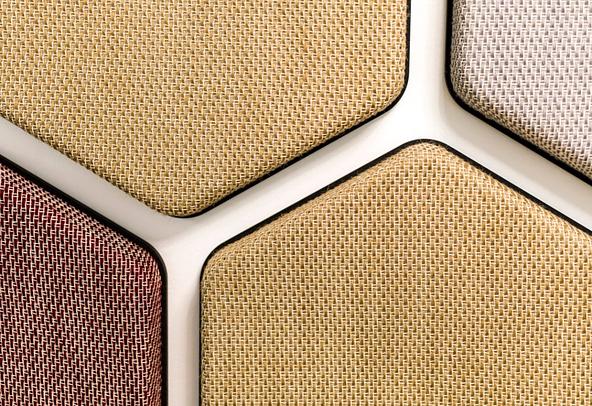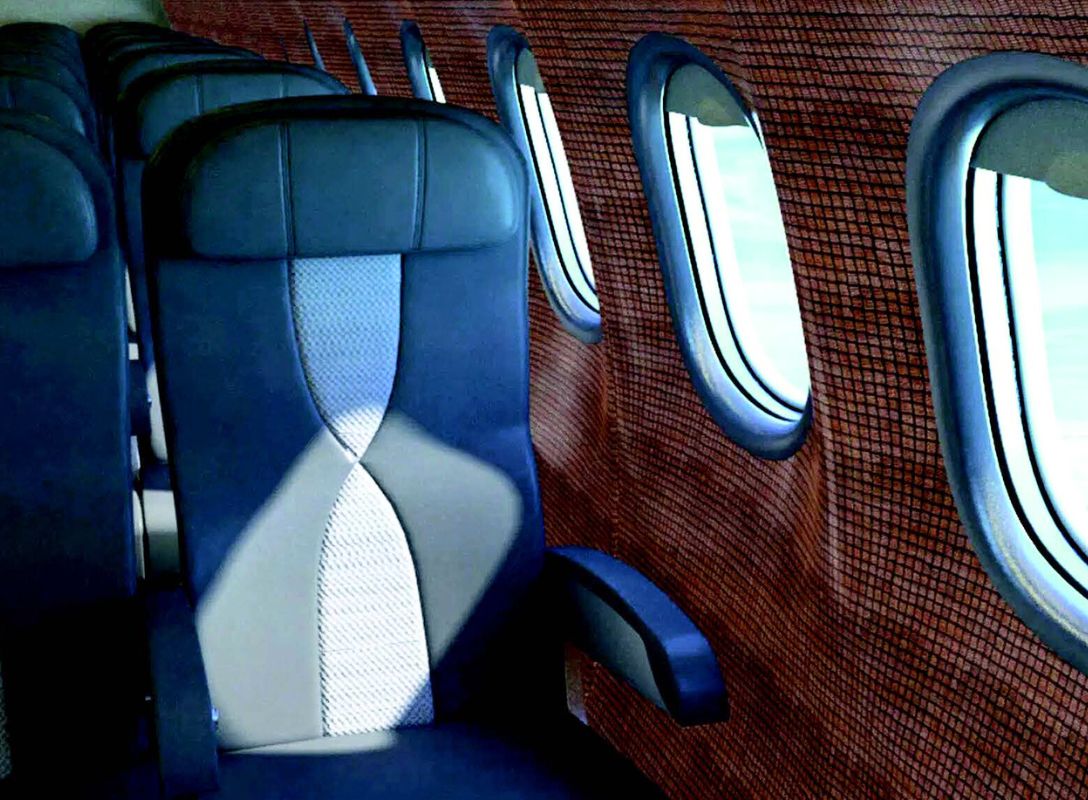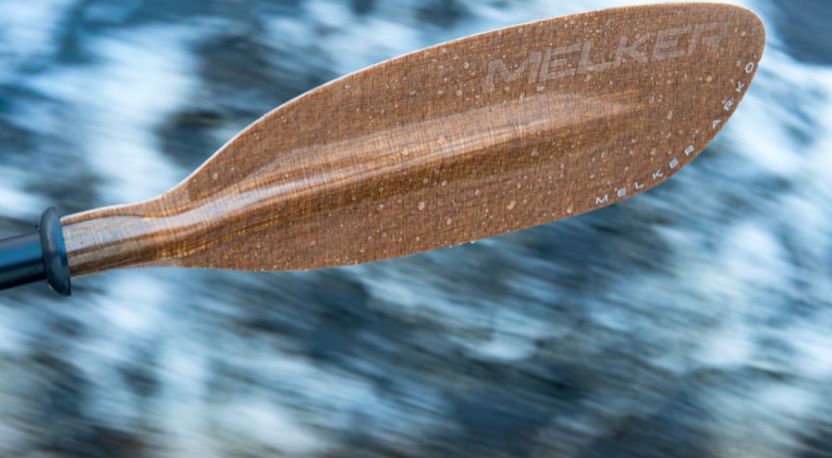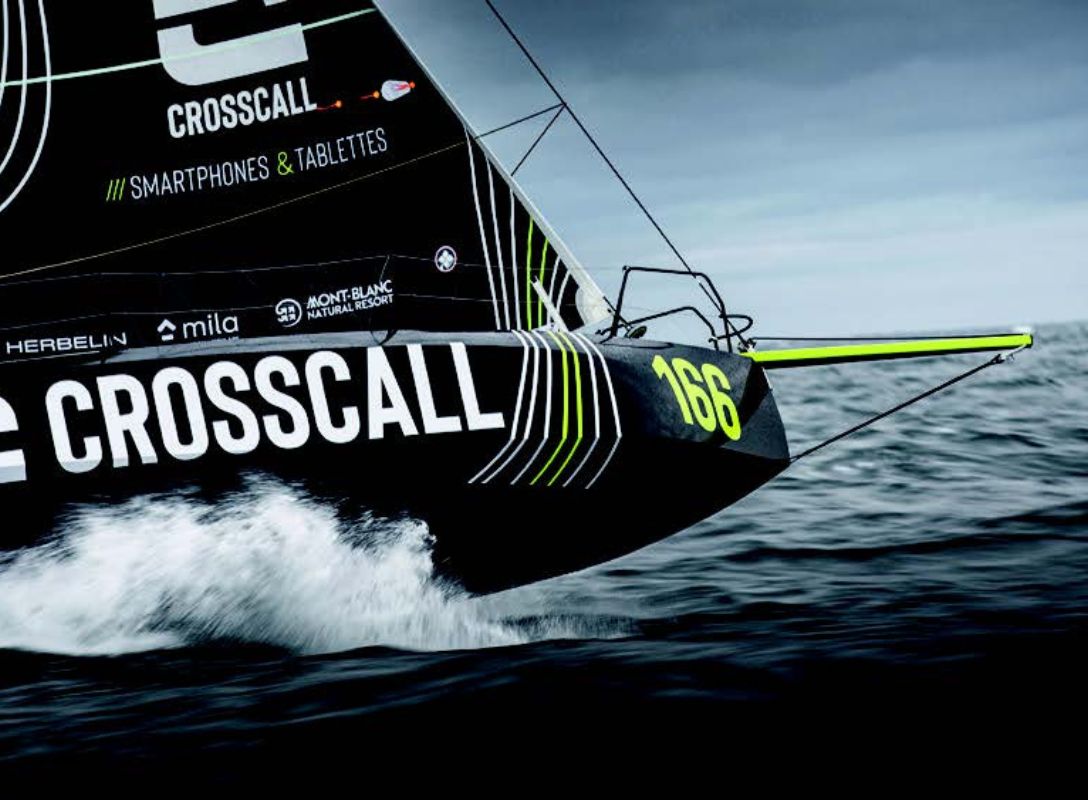JEC 2023: flax and hemp fibre composites among its biggest stars
At the JEC World 2023 trade show, the Alliance for European Flax-Linen & Hemp presented innovations developed by its members specialising in flax fibre composites. An event that aims to highlight the potential of European flax in the composites industry.




